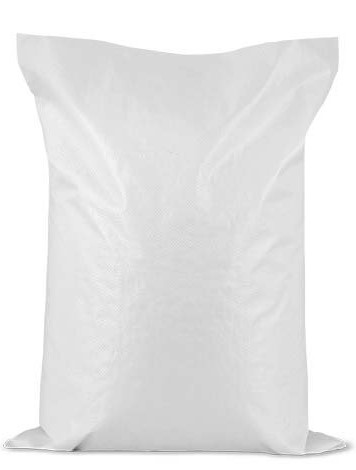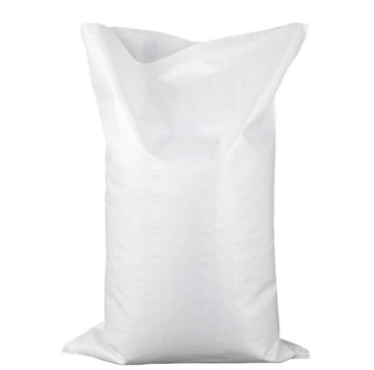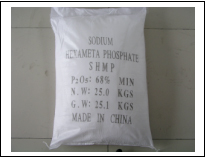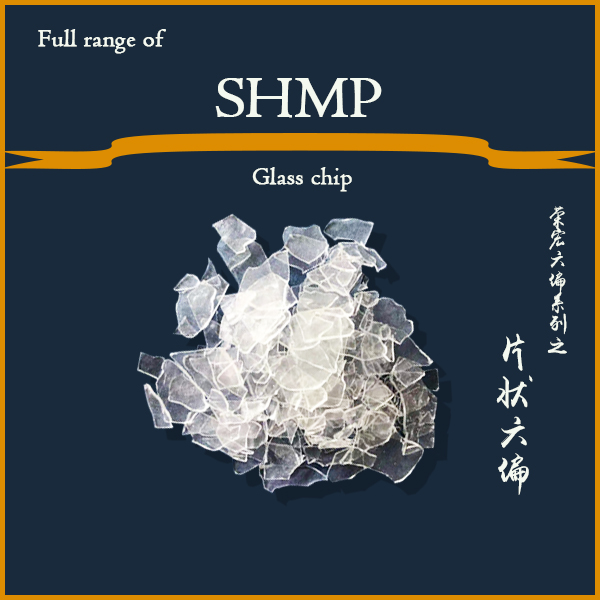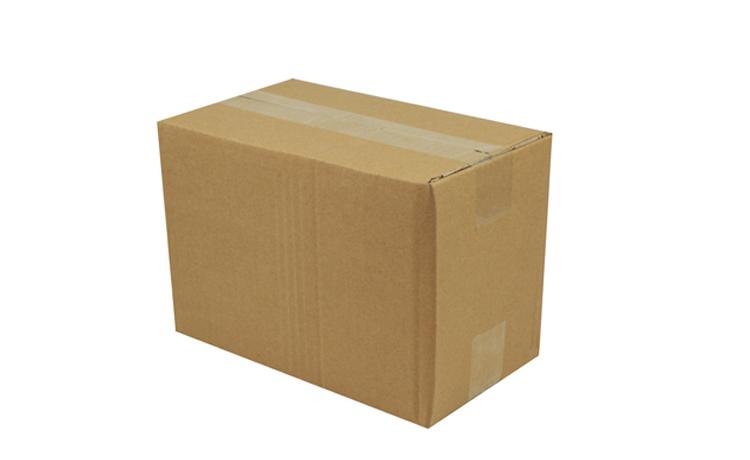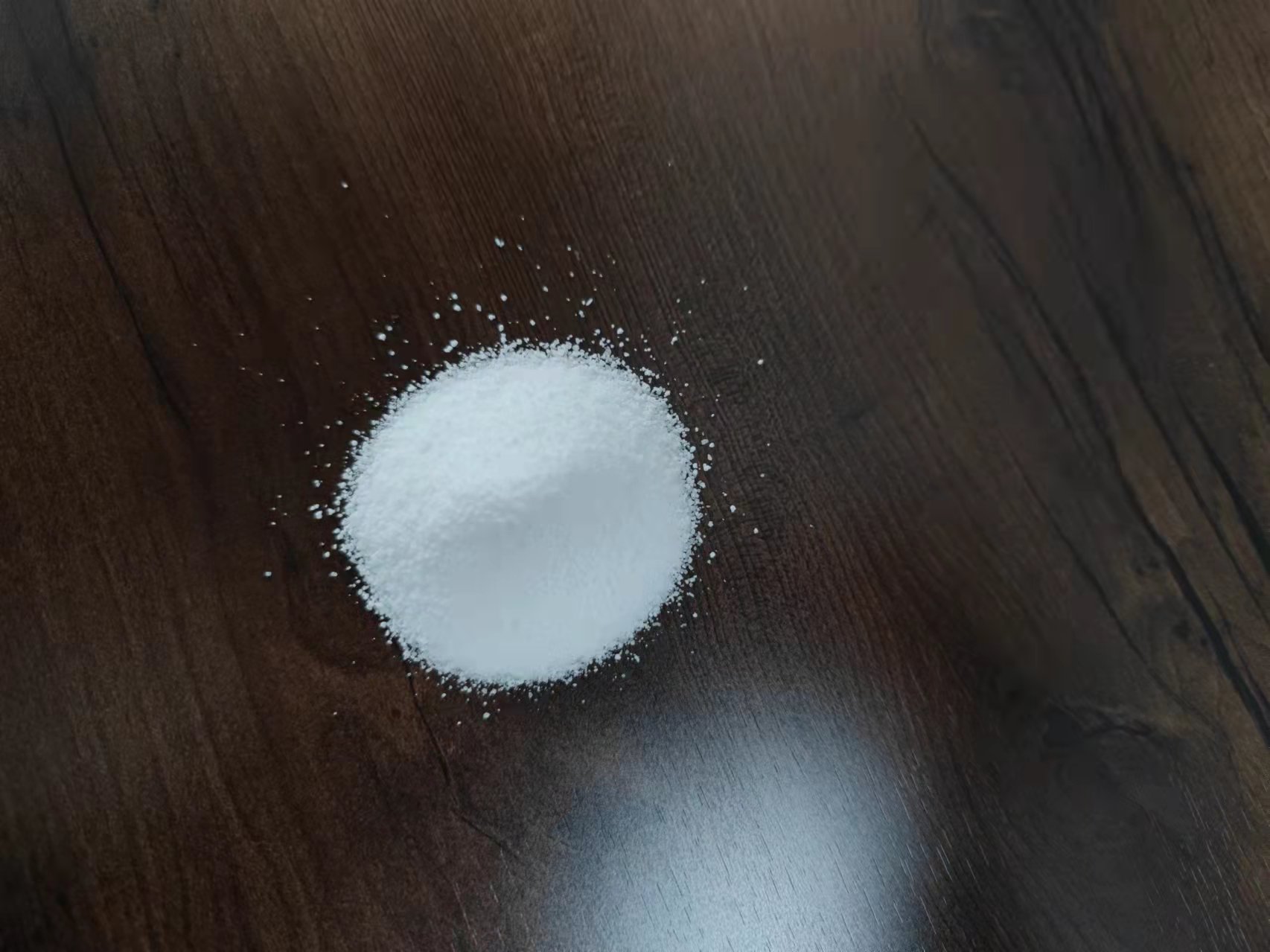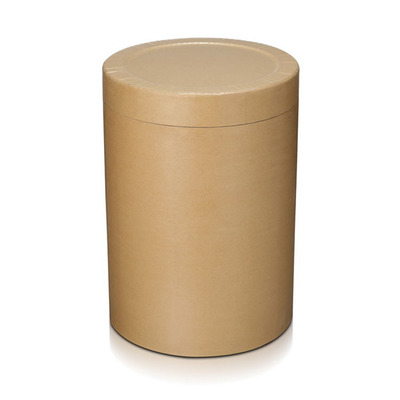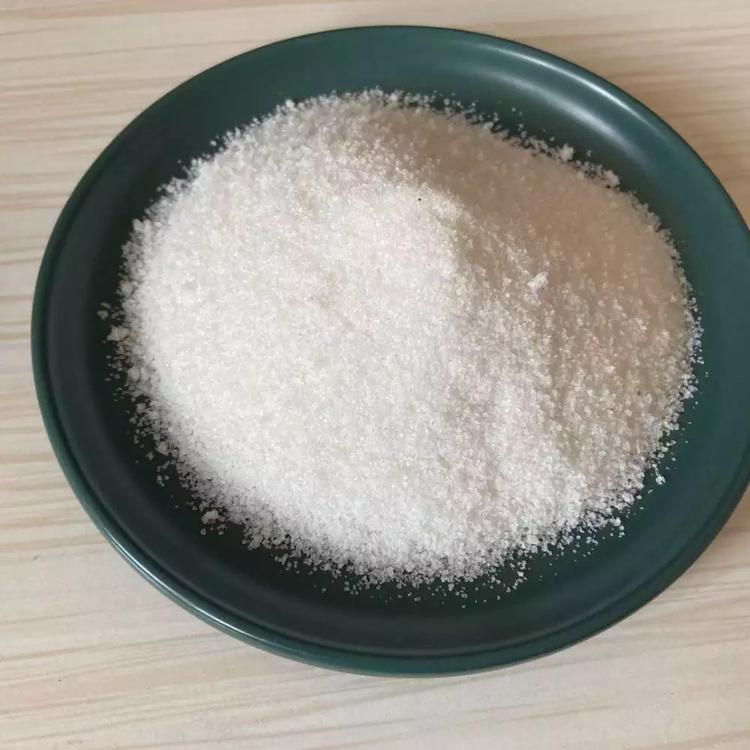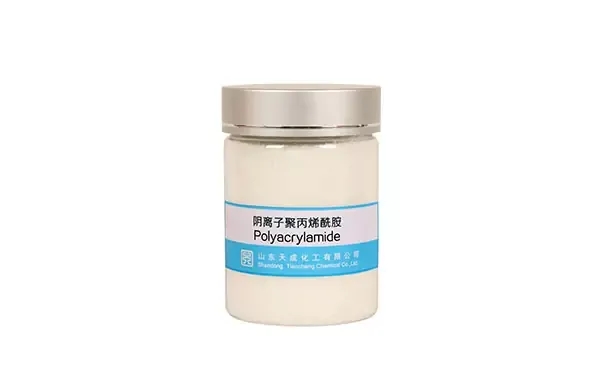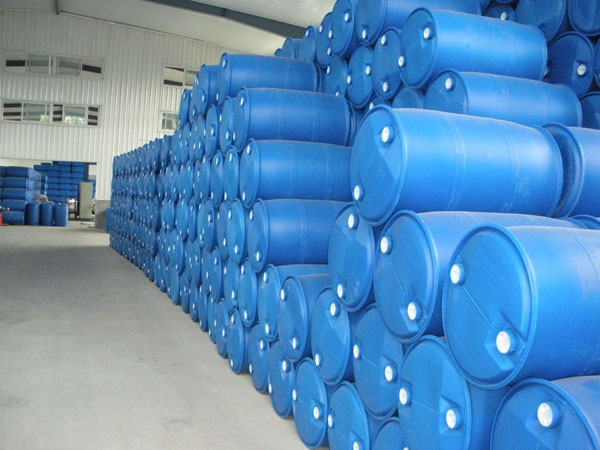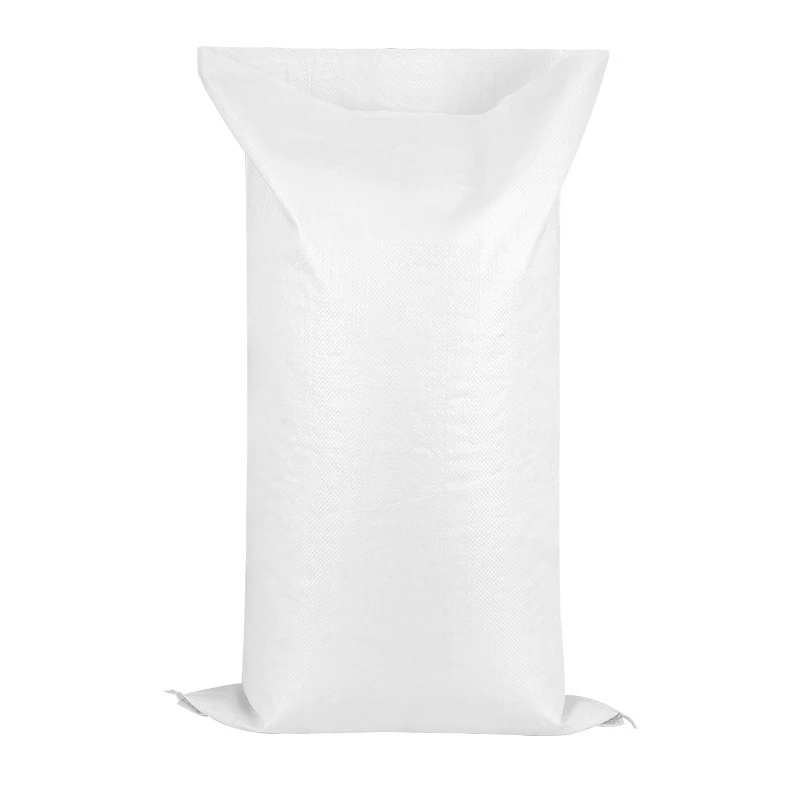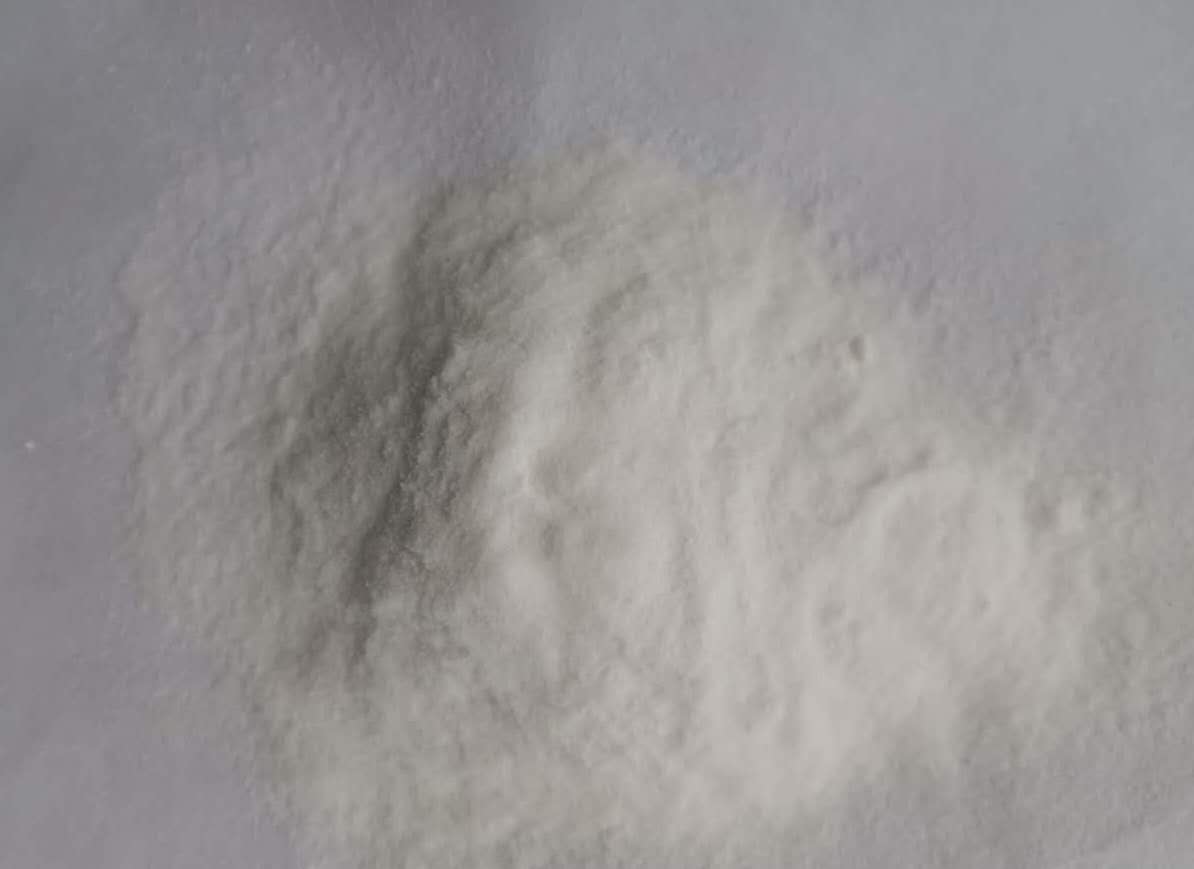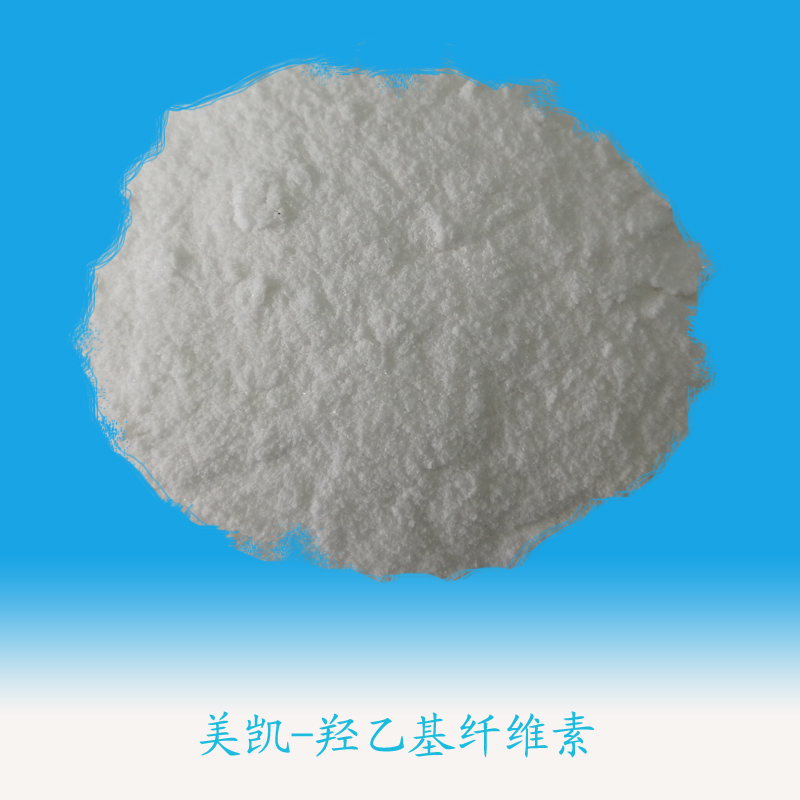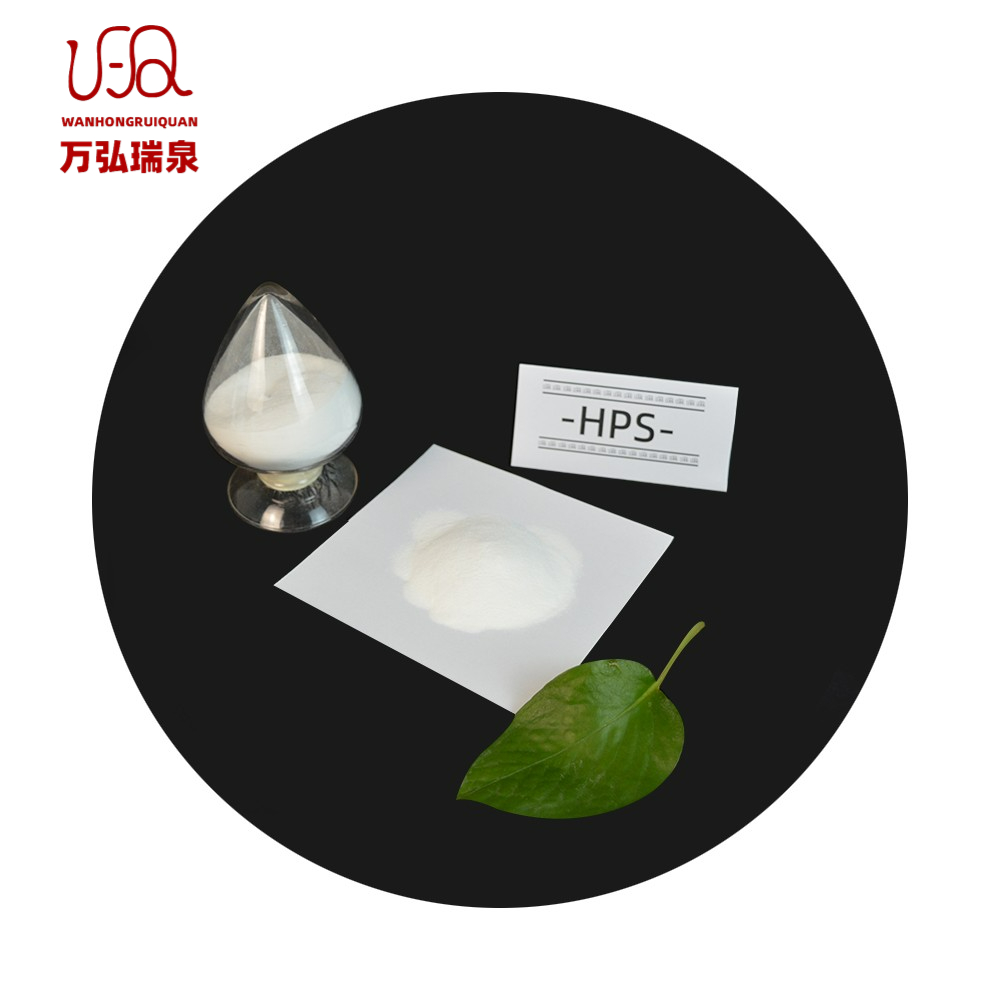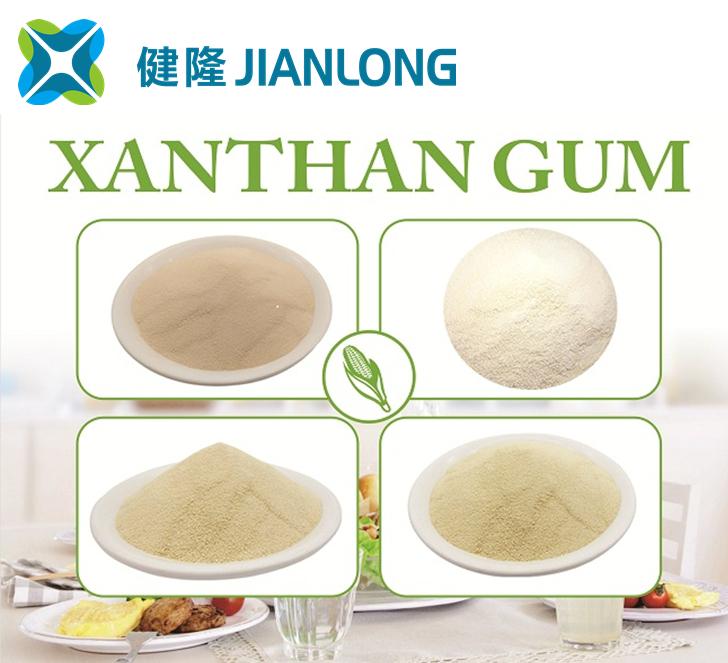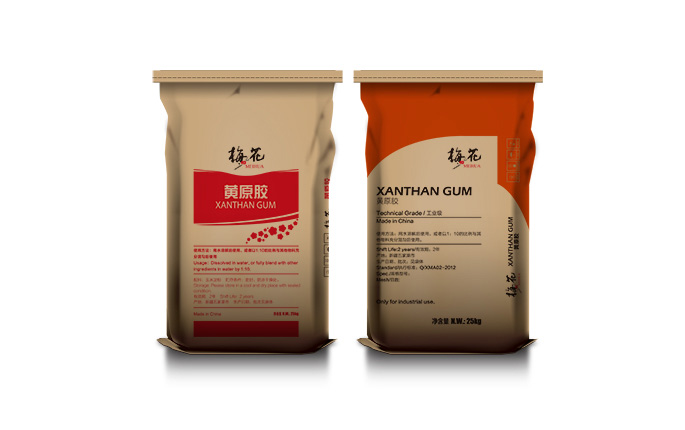Food Additive
Additives For Food Packaging
Feed Additive
Anti Corrosion and Preservation
Antioxidants
Colorant
Color Fixative
Bleaching Agents
Flour Treatment Agent
Emulsifier
Thickening Agent
Stabilizer and Coagulator
Anticaking Agent
Bulking Agent
Water Retention Agent
Chewing Gum Bases
Flavor Enhancer
Sweeteners
Acidity Regulators
Food Flavors and Fragrances
Nutritional Fortifier
Enzyme Preparation
Defoamer
Coating Agent
Other Food Additives
Feed Growth Promoters
Feed Trace Elements
Feed Amino Acids and Small Peptides
Feed Vitamins
Feed Deworming Health Agents
Feed Quality Enhancer
Additives For Feed Preservation
Feed Conditioner
Other Feed Additives
CAS:10124-56-8
Molecular Formula:Na6O18P6
Alias
More Information
Sodium Hexametaphoshpate; Sodium Metaphosphate; Calgon; SHMP; Hexasodium; Sodium Henamephophate; shmp Manufacturers
Brief Introduction
In food industry, it is used as quality improver, pH regulator, metal ion chelator, adhesive and expander.
Suppliers
View More Vendors (5) >
CAS:90-80-2
Molecular Formula:C6H10O6
Alias
More Information
D-Glucono-1,5-Lactone; Glucono Delta Lactone; Gluconolactone; Delta-Gluconolactone; D-Gluconic Acid, δ-Lactone; (3R,4S,5S,6R)-3,4,5-Trihydroxy-6-(Hydroxymethyl)Oxan-2-One
Brief Introduction
Gluconolactone is a naturally occurring polyhydroxy acid (PHA) with metal chelating, moisturizing and antioxidant activity. Gluconolactone can be produced by enzymatic oxidation of D-glucose oxidation. Its ability in free radicals scavenging accounts for its antioxidant property. It is used in cosmetic product and as a coagulant in tofu processing.
Gluconolactone is a naturally-occurring food additive used as a sequestrant, an acidifier, or a curing, pickling, or leavening agent. It is a cyclic ester of D-gluconic acid. Pure gluconolactone is a white odorless crystalline powder.
Gluconolactone is a Calculi Dissolution Agent. The mechanism of action of gluconolactone is as an Irrigation.
Suppliers
View More Vendors (5) >
CAS:9003-05-8
Molecular Formula:C3H5NO
Alias
More Information
Polyacrylic Amide; PAM; Acrylamide; Cationic Polyacrylamide; 2-Propenamide; Prop-2-Enamide; Propenamide; Acrylic Amide; Akrylamid
Brief Introduction
Polyacrylamide (PAM) is a general term of acrylamide homopolymer or polymer copolymerized with other monomers. It is one of the most widely used varieties in water-soluble polymers. Because the structural unit of polyacrylamide contains amide group and is easy to form hydrogen bond, it has good water solubility and high chemical activity. It is easy to obtain a variety of modifiers with branched chain or network structure through grafting or cross-linking. It is widely used in petroleum exploitation, water treatment, textile, papermaking, beneficiation, medicine, agriculture and other industries, and is known as "Baiye assistant". The main application fields abroad are water treatment, papermaking, mining, metallurgy, etc; At present, the largest consumption in China is in the field of oil production, and the fastest growth is in the field of water treatment and papermaking.
Suppliers
View More Vendors (5) >
CAS:9004-62-0
Molecular Formula:C29H52O21
Alias
More Information
2-Hydroxyethylcelluloseether; Hetastarch; HEC; 5-[6-[[3,4-Dihydroxy-6-(Hydroxymethyl)-5-Methoxyoxan-2-yl]Oxymethyl]-3,4-Dihydroxy-5-[4-Hydroxy-3-(2-Hydroxyethoxy)-6-(Hydroxymethyl)-5-Methoxyoxan-2-yl]Oxyoxan-2-yl]oxy-6-(Hydroxymethyl)-2-Methyloxane-3,4-diol; Hydroxy Ethyl Cellulose; Tylose 6000; Hydroxymethyl Cellulose
Brief Introduction
Hydroxyethyl cellulose is a gelling and thickening agent derived from cellulose. It is widely used in cosmetics, cleaning solutions, and other household products. Hydroxyethyl cellulose and methyl cellulose are frequently used with hydrophobic drugs in capsule formulations, to improve the drugs' dissolution in the gastrointestinal fluids. This process is known as hydrophilization.
Hydroxyethyl cellulose is one of the main ingredients in the lubricant KY Jelly. It is also a key ingredient in the formation of big bubbles as it possesses the ability to dissolve in water but also provide structural strength to the soap bubble.
Suppliers
View More Vendors (3) >
CAS:11138-66-2
Molecular Formula:C8H14Cl2N2O2
Alias
More Information
2-(2,4-Diaminophenoxy)Ethanol Dihydrochloride; 2,4-Diaminophenoxyethanol Dihydrochloride; Ethanol, 2-(2,4-Diaminophenoxy)-, Dihydrochloride; 2-(2,4-Diaminophenoxy)Ethanol Hydrochloride; Ethanol, 2-(2,4-Diaminophenoxy)-, Hydrochloride (1:2); 2,4-Diaminophenoxyethanol 2Hcl; 2,4-Diaminophenoxyethanol; Yellow Adhesive,; Xanthomonas Polysaccharide; xc Polymer; Xhanthan gum
Brief Introduction
Xanthan gum, also known as xanthan gum and Hansen gum, is an extracellular acidic heteropolysaccharide produced by fermentation of Xanthomonas. D-glucose, D-mannose and D-glucuronic acid are high molecular weight polysaccharides with a ratio of 2:2:1. The secondary structure of xanthan gum is that the side chain is reversely wound around the backbone of the main chain, and the rod like double helix structure is formed by hydrogen bonding. Xanthan gum is a light yellow to white flowable powder with a slight odor. It is soluble in cold and hot water, neutral, resistant to freezing and thawing, insoluble in ethanol. When it meets with water, it disperses and emulsifies into a stable hydrophilic viscous colloid. Xanthan gum is a kind of biological gum which integrates thickening, suspension, emulsification and stabilization, and has the best performance in the world, so it is widely used in more than ten fields such as food, petroleum, medicine and daily chemical industry. In food: many foods are added xanthan gum as stabilizer, emulsifier, suspending agent, thickener and processing aid. In daily chemical industry: Xanthan gum contains a large number of hydrophilic groups, which is a good surfactant, and has antioxidant, anti-aging and other effects. In medicine: Xanthan gum is a functional component of microcapsule material which is popular in the world and plays an important role in controlling drug release. In petroleum industry, because of its excellent salt resistance and heat resistance, it is widely used in drilling in special environment such as ocean and high salt zone, and can be used as oil displacement agent to reduce dead oil area and improve oil recovery.
Suppliers
View More Vendors (2) >
Inquiry (
10
/ 10
)
Clear All
Sign In
Error!

